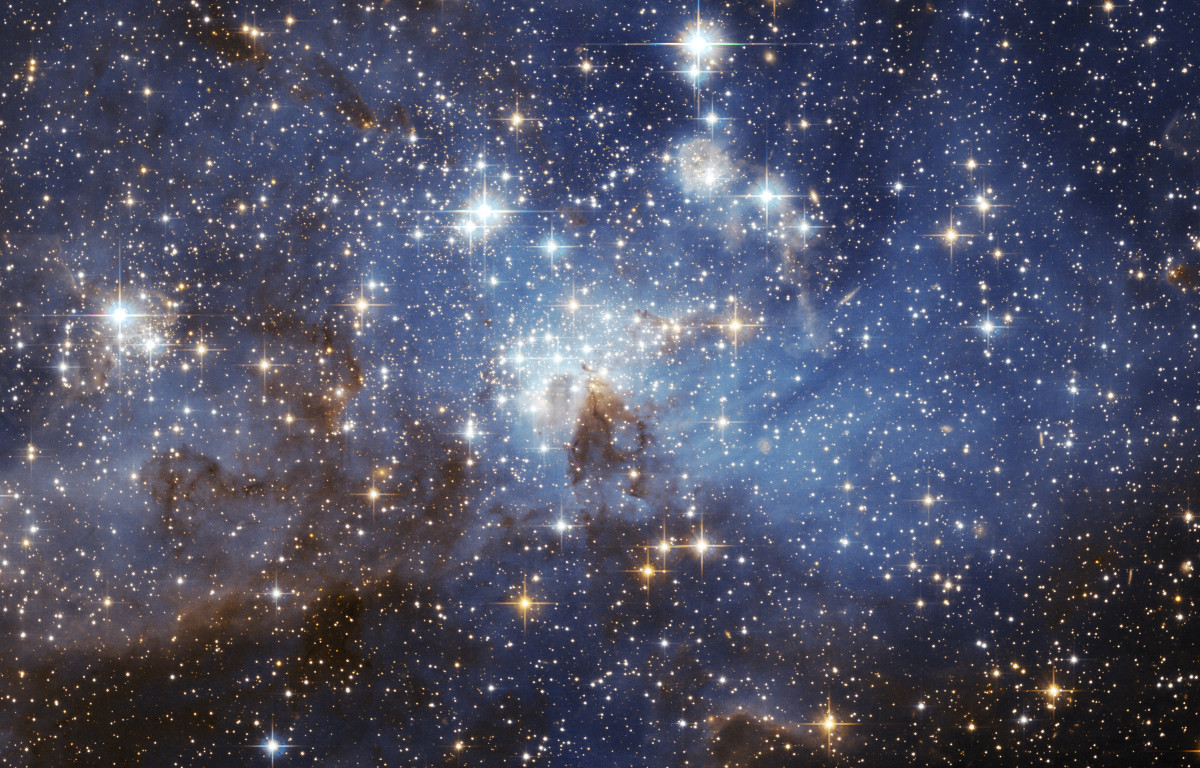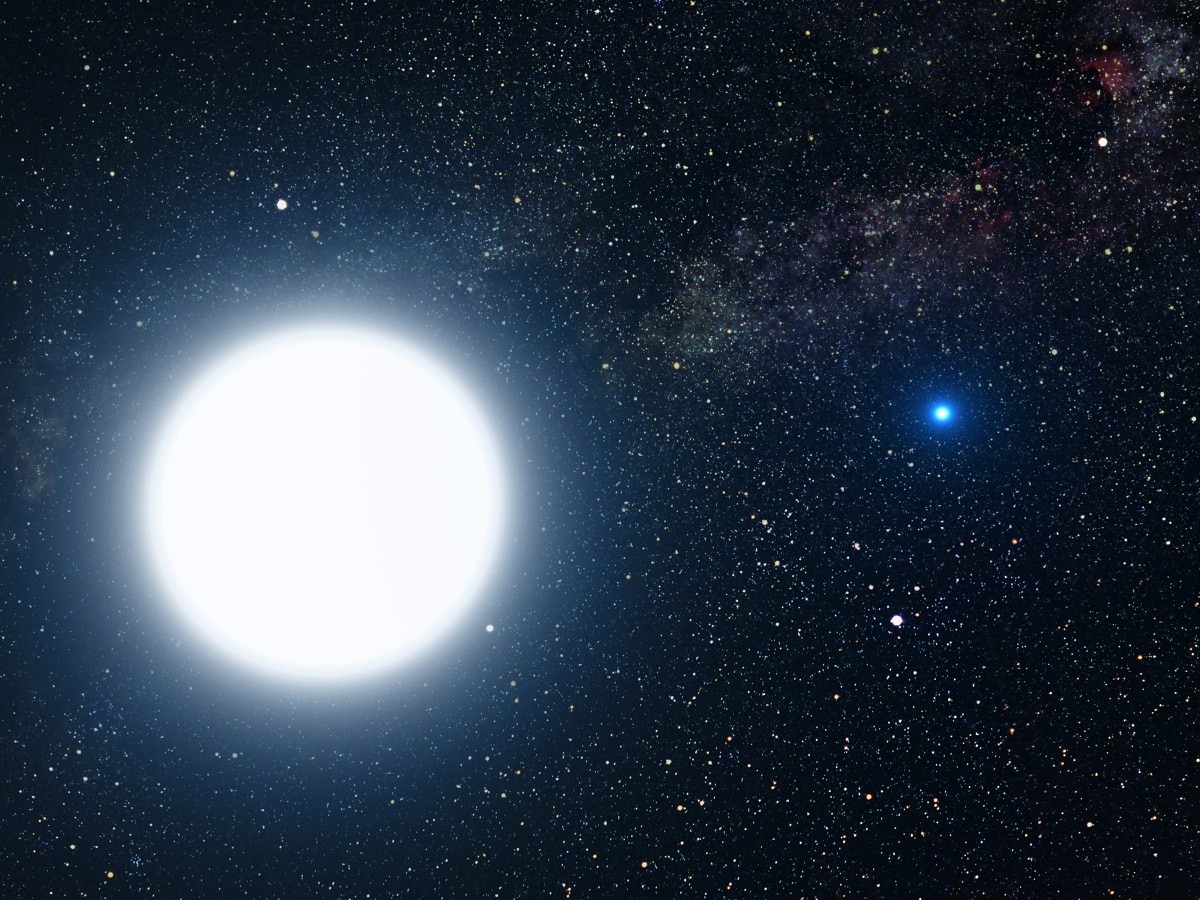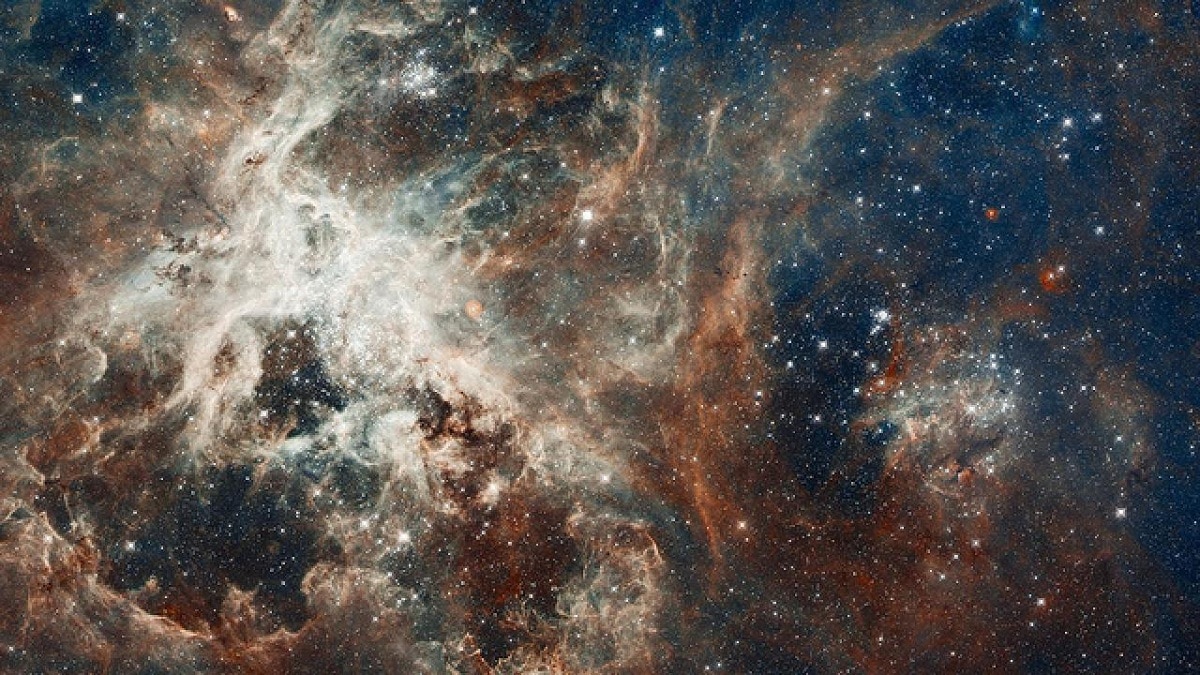
Throughout the sky we can find billions of stars and numerous types of stars that have different characteristics. The stars have been observed since all human history, even before they were Homo sapiens. It has been a source of relevant information to know what the universe is like, it has served as inspiration for artists of all kinds and has been used as a route for sailors and travelers.
Therefore, we are going to dedicate this article to tell you everything you need to know about the different types of stars that exist and their main characteristics.
What are the stars

The first of all is to know what stars are and how they are classified. In astronomy, stars are defined as plasma spheroids that emit light and maintain a structure thanks to the action of the force of gravity. The closest star we have around us is the sun. It is the only star in the solar system and the one that provides us with light and heat, making life possible on our planet. We know that planet Earth is in the habitable zone of the solar system, which is the ideal distance for it.
However, there are many different types of stars and they can be classified according to the following characteristics:
- Level of heat and light given by the star
- Longevity they have
- The force of gravity exerted
Types of stars according to their temperature and luminosity

We are going to analyze what are the different types of stars that exist depending on the temperature they have and the luminosity they give. This classification is known as the Harvard spectral classification and gets its name from having been developed at Harvard University in the late XNUMXth century. This classification is the most common used by astronomers. It is responsible for dividing all the stars according to their temperature and the luminosity they provide. Seven main types of stars are included O, B, A, F, G, K and M, with colors ranging from blue to red.
There are other types of star classifications such as the Yerkes spectral classification. This classification was later than Harvard's and has a more specific model when it comes to classifying stars. This classification takes into account the stellar temperature and the surface gravity of each star. Here we find nine types of stars which are the following:
- 0 - Hypergiant
- Ia - Very luminous supergiant
- Ib - Supergiant of lower luminosity
- II - Luminous Giant
- III - Giant
- IV - Subgiant
- V - Dwarf main sequence stars
- VI - Subenana
- VII - White Dwarf
Types of stars according to light and heat

Another way to classify stars is according to the heat and light they have. Let's see what are the different types of stars according to these characteristics:
- Hypergiant stars: are those that have a mass of up to 100 times the mass of our sun. Some of them were approaching the theoretical limit of mass, which is the value of 120 M. 1 M is the mass equivalent to our sun. This level of measurement is used to allow much better comparisons between the size and mass of stars.
- Supergiant stars: These have a mass between 10 and 50M and dimensions that exceed 1000 times our sun. Although our sun seems huge, it is from the group of small stars.
- Giant stars: they usually have a radius between 10 and 100 times the solar radius.
- Subgiant stars: this type of stars are those that have been formed as a result of the fusion of all the hydrogen in their nuclei. They tend to be much brighter than the main sequence dwarf stars. Its brilliance was between the dwarf stars and the giant stars.
- Dwarf stars: they are part of the main sequence. This sequence is the one that encompasses the majority of stars found in the universe. The sun in the shape of our solar system is a yellow dwarf star.
- Subdwarf stars: its luminosity is between 1.5 and 2 magnitudes below the main sequence but with the same spectral type.
- White dwarf stars: These stars are the remnant of others that have run out of nuclear fuel. This type of stars is the most numerous in the entire universe, along with red dwarfs. It is estimated that 97% of known stars will go through this phase. By early all the stars run out of fuel and end up being white dwarf stars.
Lifecycle
Another classification of the different types of stars is based on their life cycle. The life cycle of stars ranges from their birth from a large molecular cloud to the death of the star. When it dies it can have different forms and stellar remnants. When it is born it is called a protostar. Let's see what are the different phases of the life of a star:
- PSP: Main Presequence
- SP: Main sequence
- SubG: Subgiant
- GR: Red Giant
- AR: Red Crowding
- RH: horizontal branch
- RAG: Giant Asymptotic Branch
- SGAz: Blue supergiant
- SGAm: Yellow supergiant
- SGR: Red Supergiant
- WR: Star Wolf-Rayet
- VLA: Blue luminous variable
Once the star runs out of fuel it can die in various ways. It can turn into a brown dwarf, supernova, hypernova, planetary nebula, or gamma ray bursts. The stellar remnants that can lead to the death of a star are the white dwarf, black hole and neutron stars.
It is unfeasible to count all the stars in the observable universe one by one. Instead, an attempt is made to count all the galaxies to make certain estimates and averages about the solar masses contained therein. Scientists think that only in the milky way there are between 150.000 and 400.000 million stars. After some studies, astronomers estimate that the total number of stars found in the known universe it is about 70.000 billion stars.
I hope that with this information you can learn more about the different types of stars that exist and their characteristics.